How to ground cable armor
What to ground
Grounding subject:
- metal sheaths of power and control cables (armor, shield);
- couplings;
- metal structures for cables (trays, galleries, boxes);
- bearing cables;
- metal pipes in which any conductors are laid.
When talking about this type of cable, the question often arises: “Do I need to ground the armor? On one or both sides? ” Cable armor must be grounded on both sides. The PUE states that re-grounding is carried out at the ends of electric lines, branches more than 200 m long.
How to properly ground the armor
The armored cable is earthed using a flexible bare wire. At the same time, the armor should not have gaps along the entire length of the line, that is, it should be solid. If it becomes necessary to break the cable, for example, to repair it or to connect several segments, then the connection of the armor and the sheath of the coupler is performed by flexible multi-wire copper conductors. To select the wire cross section for grounding, use the table:
| Cable cross section, mm | Ground conductor cross section, mm |
| to 10 | 6 |
| 16, 25,35 | 10 |
| 50, 70, 95, 120 | 16 |
| 150, 185, 240 | 25 |
Recommendations
The grounding conductor is connected to the armor by soldering, and if the coupling is tight, then bolts or a clamp (clamp). To ensure high-quality soldered contact, the solder spots are pre-cleaned and tinned with solder, for example POSSU 30-0.5. Then, using a wire brace on the tinned area, the ground conductor is fixed and soldered to it. Solder oil is used as a flux.
For connection without soldering, clamps or constant pressure springs are used that provide reliable electrical contact around the protective layer.
The ground armor is connected to the tape armor with tapes, and to the wire armor - along the circumference to all wires. When connecting the ends of building lengths, tight couplings are used, their kit includes:
- waterproofing elements;
- connecting elements (for example, tips with stall bolts);
- ground wire, they connect the armor of both ends to be connected;
- clamps for connecting wires with ribbons or wire armor.
For proper cable cutting, the upper layer of insulation is removed for a greater length than the lower ones. Thus, the veins are separated, and a section is formed on the surface of the armor to connect the ground. Depending on the coupling, the manufacturer may provide a template for correct cutting.
Grounding Armored Cables Indoors
An armored cable of 0.4 kV can be laid on any metal structures, if they are grounded, and also available for maintenance. On wet concrete, wooden surfaces, laying is prohibited. In this case, you need to provide a gap of at least 5 cm between the line and the surface, for this you can use various brackets or lay a line in metal pipes and gutters.
Armored cable can be entered into the building through the foundation and walls. In order to exclude the possibility of damage to it, at the cable entry, or at the place of transition through the wall or foundation, it is necessary to lay a pipe made of metal or plastic with a diameter 2 times larger than its outer diameter.
The next step is that the armor needs to be grounded in the shield and from the side of the support from which it goes. Also, as described above, there should not be any connections in this section (support-shield). At the input to the shield, the cable is cut into cores that are connected to switching devices (circuit breakers or automatic machines), and its armor is connected to the shield body. That, in turn, must be grounded.
In cable structures (trays, galleries, overpasses, under the floors) it is permissible to ground the armor, providing contact with metal boxes, channels or other grounded structures.
To organize the power network in a private house, it is connected to the power line by air or underground input. When cable laying underground VbBShv is often used, its armor as well as in the cases described above needs to be grounded from two sides.
The shield of control cables or optical is necessarily grounded at least on one side. This is done to reduce or completely eliminate the influence of electromagnetic fields on the information line.
However, two-way grounding is better at this task. The screen connects to Gzsh using a flexible conductor with a cross section of at least 4 square meters. mm
That is all we wanted to tell you about how grounding the cable armor is. If you have questions, please consult in the comments under the post!
Related materials:

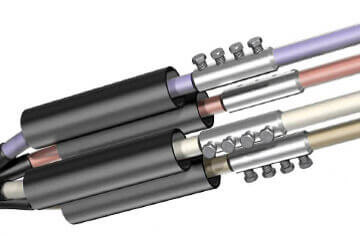
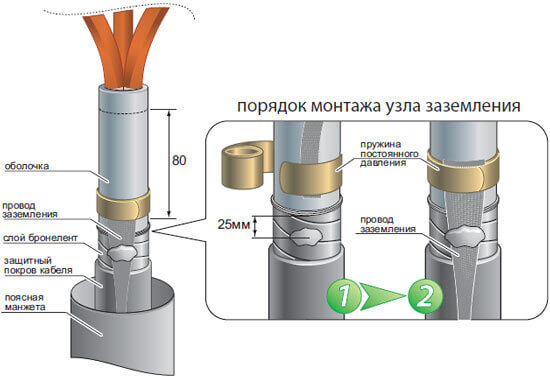
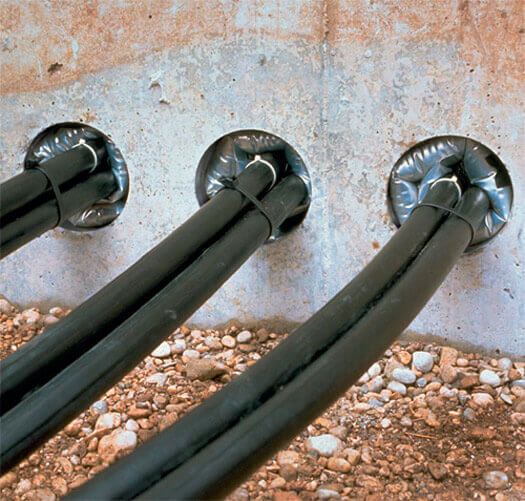
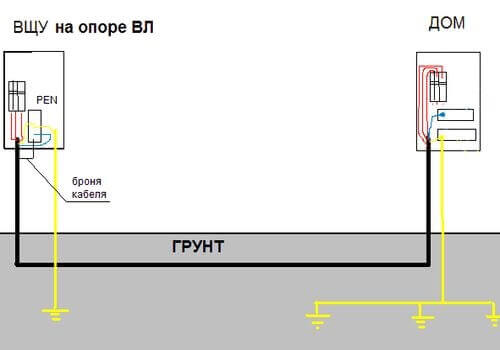
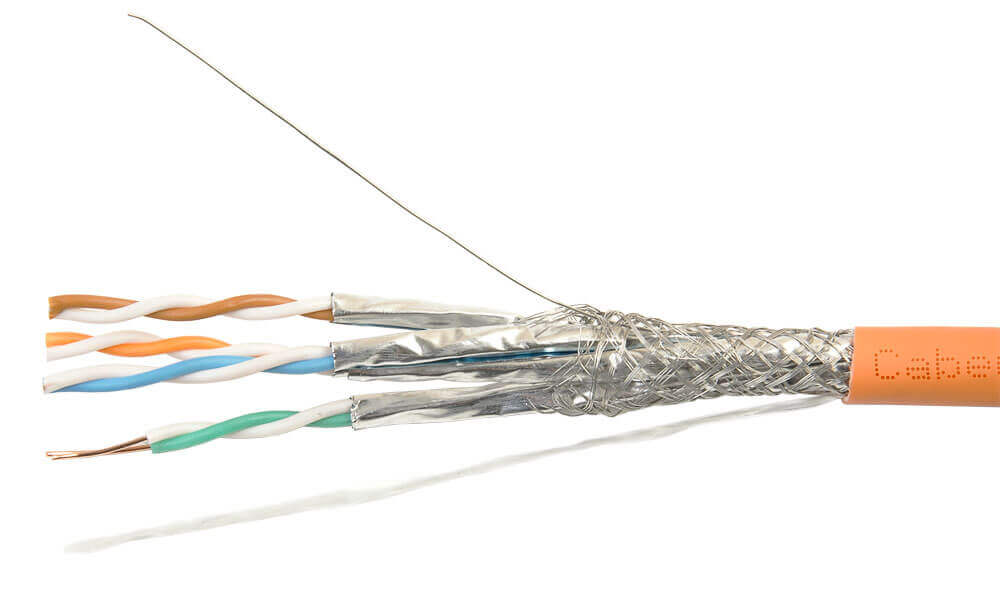



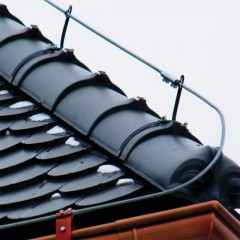
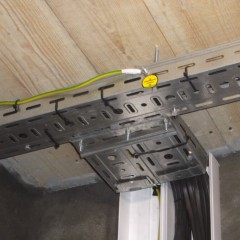

In ACS TP screens of instrumentation cables, from the side of the device or actuator, should be isolated. Ground the shield in the ACS cabinet (LSU) to the functional grounding bus.